DeerRun classic: One minute review
Using one of the best under-desk treadmills, otherwise known as walking pads, have become the easiest way to sneak movement into a workday, and the DeerRun Q1 Classic leans into that promise with a low price, zero assembly model with a relatively compact footprint. It’s built for steady walking rather than running, with a responsive remote and a deck that feels stable and lightly cushioned.
It’s not whisper-quiet and the companion app is basic, but if your goal is to add a few thousand steps while you edit docs or watch a webinar, this compact slab of motivation makes a convincing case for itself.
DeerRun classic review: Specifications
Swipe to scroll horizontally
Component | DeerRun Q1 Classic |
Speed range | 0.6–3.8 mph |
Dimensions | 49 x 20 x 4.5 in (pad), belt ~39.4 x 15.4 in |
Weight | ~43 lb |
Capacity | up to 300 lb |
Controls | Handheld remote and Bluetooth via PitPat |
Claimed noise | “Low noise” brushless motor, |
Compatibility | PitPat Fitness App |
DeerRun classic review: Price and availability
- $188 USD / £169 GBP / AU$413
- Very affordable
- Often on sale
DeerRun often discounts the Q1 Classic/Classic Pro family heavily; I’ve seen it listed at $188 in the US, with a stated 300 lb maximum user capacity and a 60-day risk-free trial plus one-year warranty. In the UK its Q1 Classic/Classic Pro walking pad is listed at £169 on DeerRun’s UK store and in Australia the same model is shown from AU$413 on DeerRun’s AU store.
Value is where the DeerRun Q1 Classic shines. For a sub-$200 walking pad with a decent-sized belt, a proper remote, and a one-year warranty, it’s outstanding value. There are slicker pads with folding frames, longer belts or quieter motors, but they typically cost a fair bit more. If your goal is to add 5–10k steps to your day while you work, you won’t find many better bargains right now.
- Value score: 5/5
DeerRun Q1 Classic review: Design
I’ve been using the DeerRun Q1 Classic in a spare-bedroom office with a big desk and a fairly wide gap underneath. I’m 5 foot 7 inches and weight around 60 kg, and the deck felt a comfortable size for steady walking while working. It ships in a single box and there’s no assembly – plug it in, pair the app, and you’re moving within minutes.
Getting the unit upstairs was the hardest part; it’s manageable but a bit hefty. First impressions were good: clean design, compact size, and a belt that feels well set up out of the box with no sticking or drift.
Day to day, it’s a smooth operator. The handheld remote is responsive, so nudging your pace up or down feels natural rather than jumpy. The deck has a hint of bounce without wobble, and even after longer sessions I didn’t notice excess heat or that telltale treadmill overclocking smell. Noise is where it falls short: it isn’t obnoxious, but I wouldn’t use it during calls. I could watch webinars, but I had to turn my volume up.
This is a walking pad first and foremost, rather than an at-work under-desk treadmill. With a top speed of 6.1 km/h, it’s designed for a brisk walk rather than a run. There’s no safety rail as standard, but you can buy one separately as an accessory, although if you’re just planning to walk on it, you shouldn’t need one.
Storage is straightforward. It doesn’t fold, and it’s a touch heavy to lug around, but I could tilt it against the wall behind a door, and its slim 4.5-inch profile barely ate into the room. If your sofa sits tall off the ground, you could slide it under; but mine is too low to fit the height of the pad.
The power cable is short, which may impact the layout of your workstation, and DeerRun charges extra for a longer lead – again, some cynics might feel nickel-and-dimed here. On a practical note for upstairs offices: running created enough vibration through my timber floorboards that items started migrating across my desk. The pad itself stayed composed; but as the minutes passed, more and more items started edging towards the edge of my desk before tumbling onto the floor. Shock absorption isn’t the best.
- Design score: 4/5
DeerRun Q1 Classic review: Features
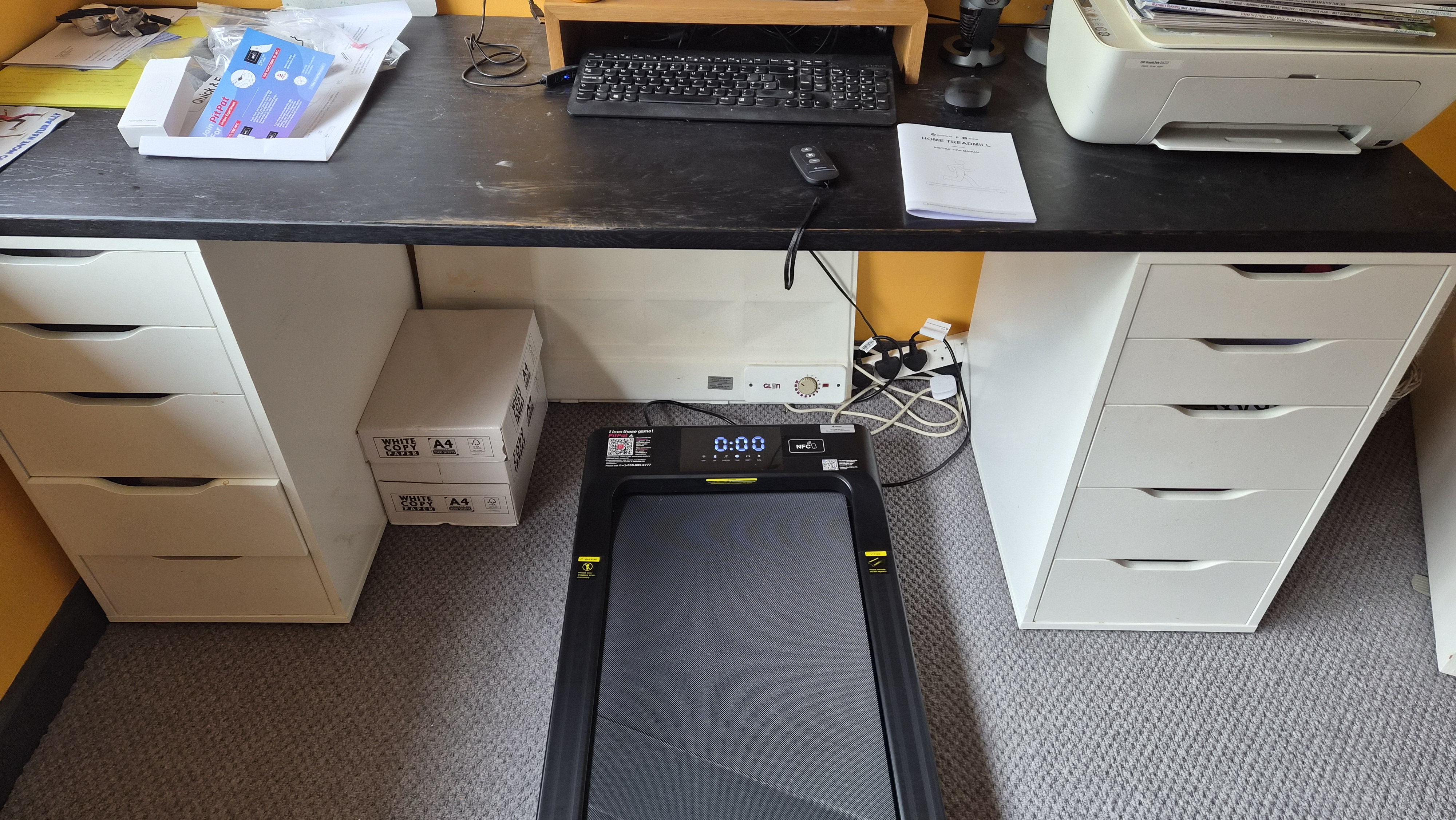
Very basic. The PitPat app pairs quickly and offers simple programs but it’s not clear whether it can sync with apps like Strava. I couldn’t work out how to do this and found conflicting information online. Personally, I just used the remote to control the speed of the pad and promptly ignored the app after setup.
- Features score: 3/5
DeerRun Q1 Classic review: Performance
The build is pleasantly robust for the price. The deck feels stable, the belt runs true, and the top surface is grippy without being abrasive. You don’t get a fold-up rail or incline - this is a flat, under-desk pad - but there are transport wheels and it stands upright neatly.
Walking quality is the headline. The pad accelerates and decelerates smoothly, speed changes via the remote are measured rather than lurchy, and I didn’t experience belt stutter or drift once it bedded in. The deck has just enough give that longer stints don’t feel like you’re marching on plywood. On a solid ground-floor slab, it should be ideal; on suspended floorboards, plan for some transmitted vibration at higher cadences.
- Performance score: 4/5
Swipe to scroll horizontally
Category | Comment | Score |
Value | Outstanding for the price | 5/5 |
Design | Solid and simple | 4/5 |
Performance | Really good at what it does, but limited speed like many walking pads | 4/5 |
Features | Lacking other than simple PitPat app | 3/5 |
DeerRun Q1 Classic: Should I buy?
Buy it if...
You're on a budget
Do you need a compact, inexpensive walking pad for a home office? The DeerRun is a solid choice.
You want to keep it simple
You’re happy using a 'stop-go' simple remote and don’t care about a fancy app.
You’re on the ground floor
Without good shock absorption, upstairs use might be noisy.
Don't buy it if...
You want true running speeds
This is not a running treadmill, and those that need a do-it-all device won't get that here.
You need whisper-quiet operation
Want to walk while in meetings, or early in the morning in a busy house? This isn't it.
Also consider
Mobvoi Home Walking Treadmill
Our best budget under desk treadmill, the Mobvoi is a great alternative if you want a simple walking pad to go the distance.
Read our full Mobvoi Home Walking Treadmill review
Lifespan TR1200-DT3
A more expensive walkingpad better suited for home offices, and our best overall.
Read our full Lifespan TR1200-DT3 review
How I tested
Used daily under a desk in a first-floor spare room, including long work sessions and webinar viewing. Assessed ease of setup, noise, stability, belt tracking, top speed, app pairing and day-to-day storage.



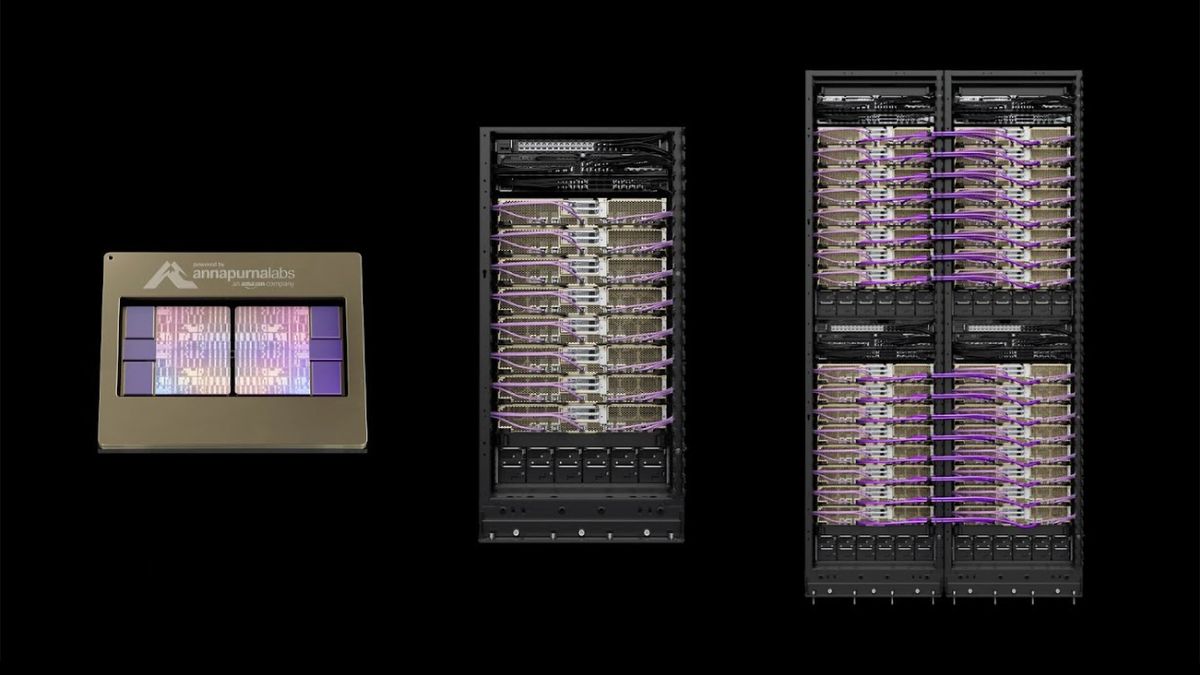
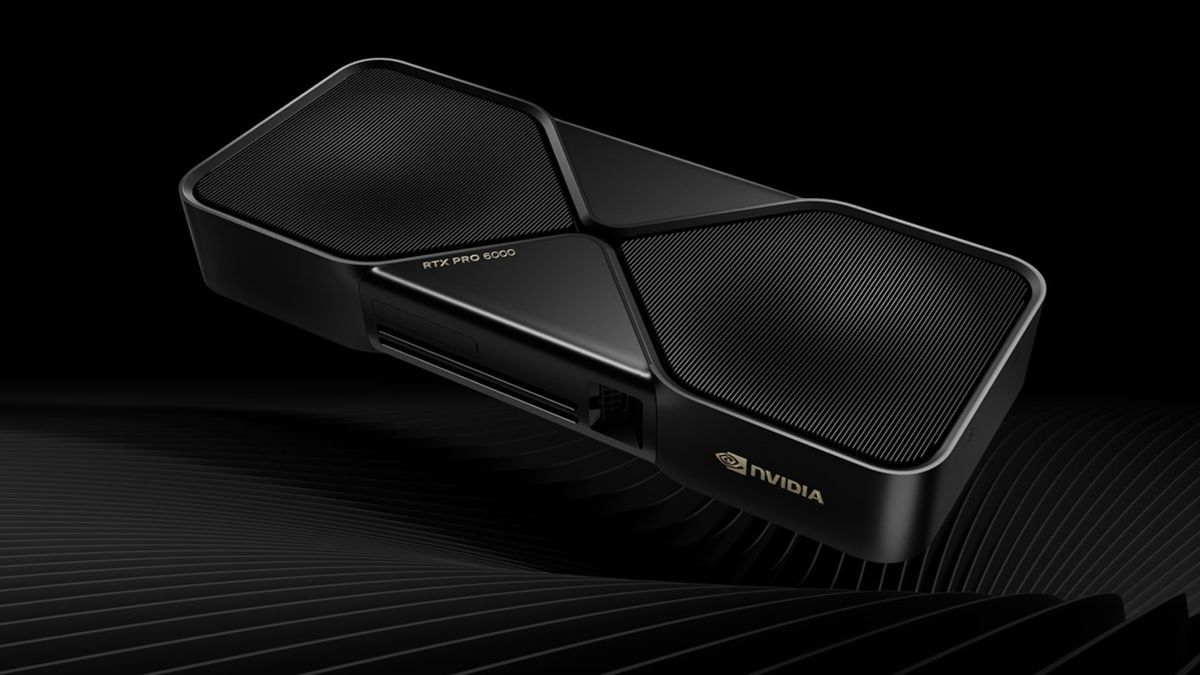

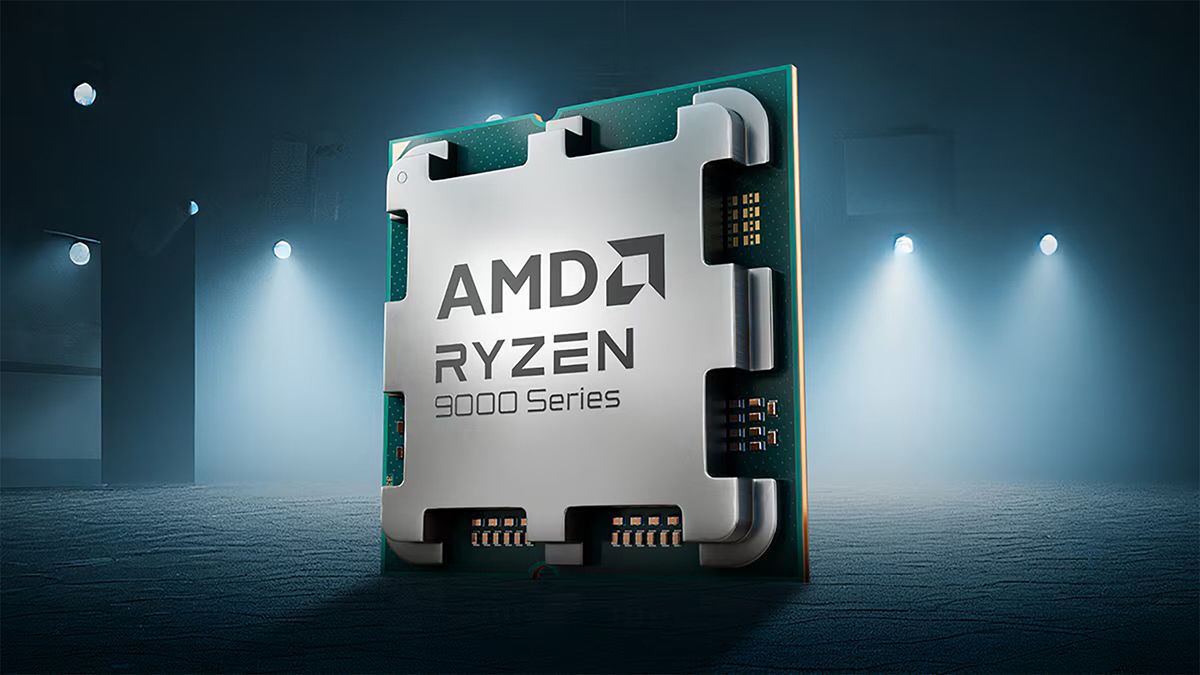
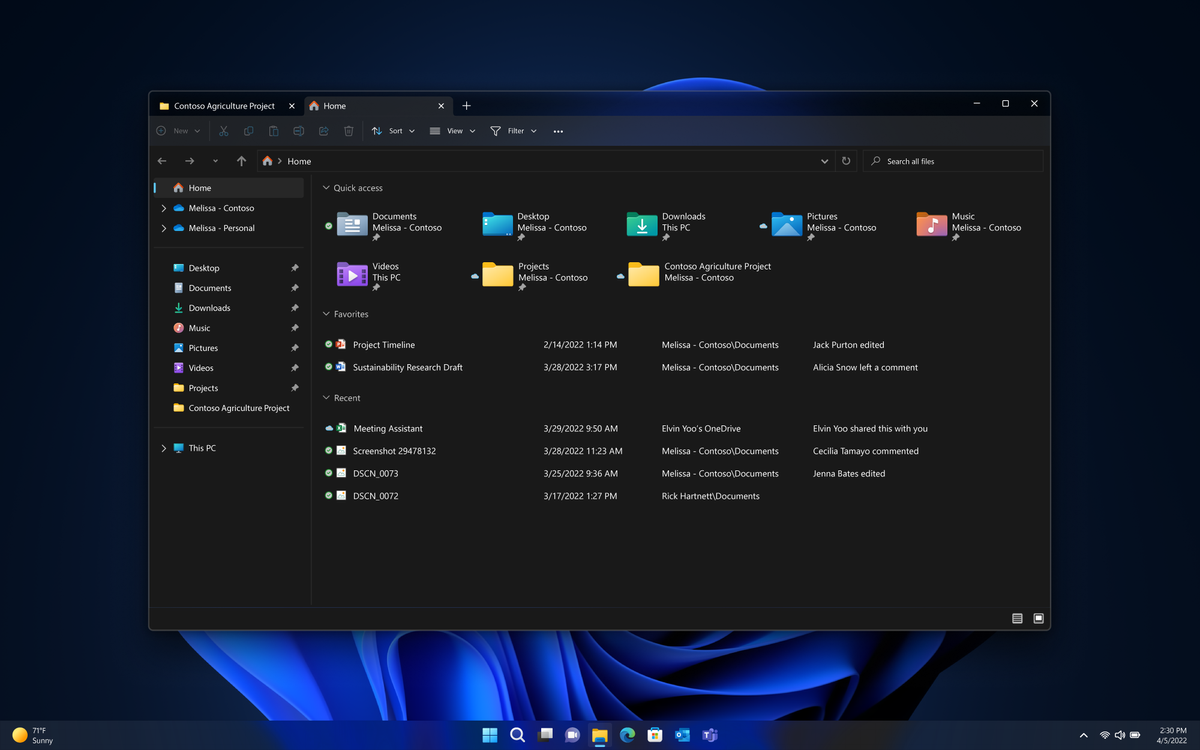

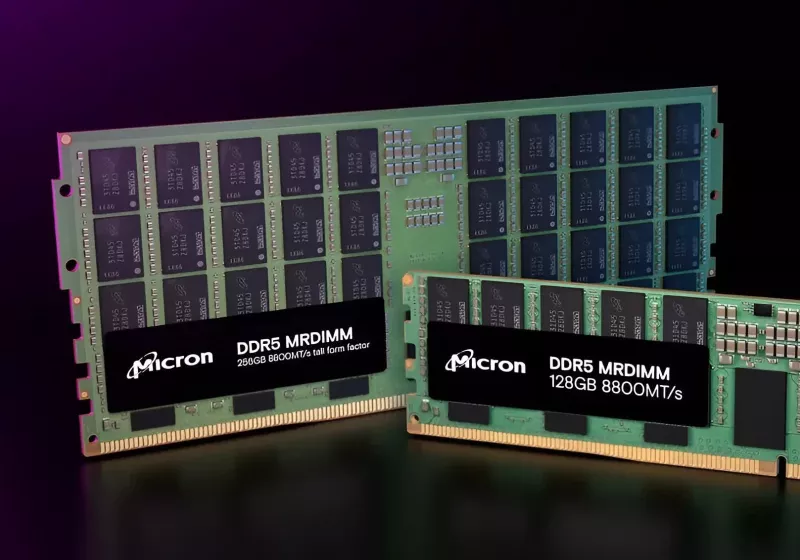
 English (US) ·
English (US) ·